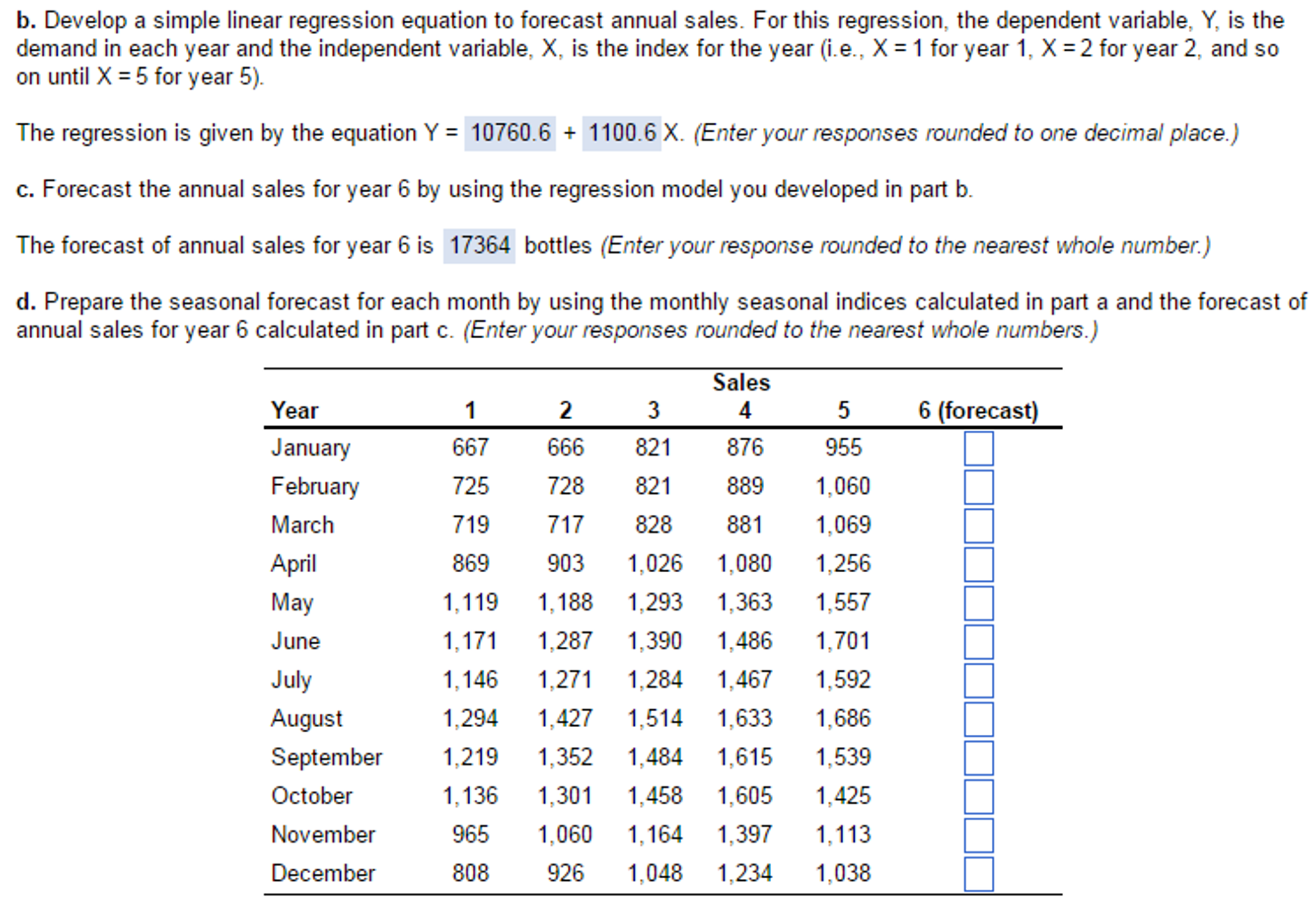
It calculates the R square, the R, and the outliers, then it tests the fit of the linear model to the data and checks the residuals normality assumption and. Plug the values into the equation: n*(Σxy) - (Σx)*(Σy) 3*(265) - (21)*(30)ī = n*(Σx 2) - (Σx) 2 = 3*(197) - (21) 2 = 1.1įor the final part, let's construct the Linear Regression equation: Y = a + bX = 2.3 + 1. The linear regression calculator generates the linear regression equation, draws a linear regression line, a histogram, a residuals QQ-plot, a residuals x-plot, and a distribution chart. Now let's get the Slope of the regression line using this equation: n*(Σxy) - (Σx)*(Σy) To start, use the following equation to get the Y-Intercept: (Σy)*(Σx 2 ) - (Σx)*(Σxy) Let's now review an example to demonstrate how to derive the Linear Regression equation for the following data: The equation of a Simple Linear Regression is: Y = a + bX Once you're done entering the numbers, click on the Get Linear Regression Equation button, and you'll see the Linear Regression equation, as well as the R-squared and the Adjusted R-squared: How to Manually Derive the Linear Regression Equation Each value should be separated by a comma: Suppose that you have the following dataset:

Let's now review a simple example to see how to use the Linear Regression Calculator. How to use the Linear Regression Calculator


 0 kommentar(er)
0 kommentar(er)
